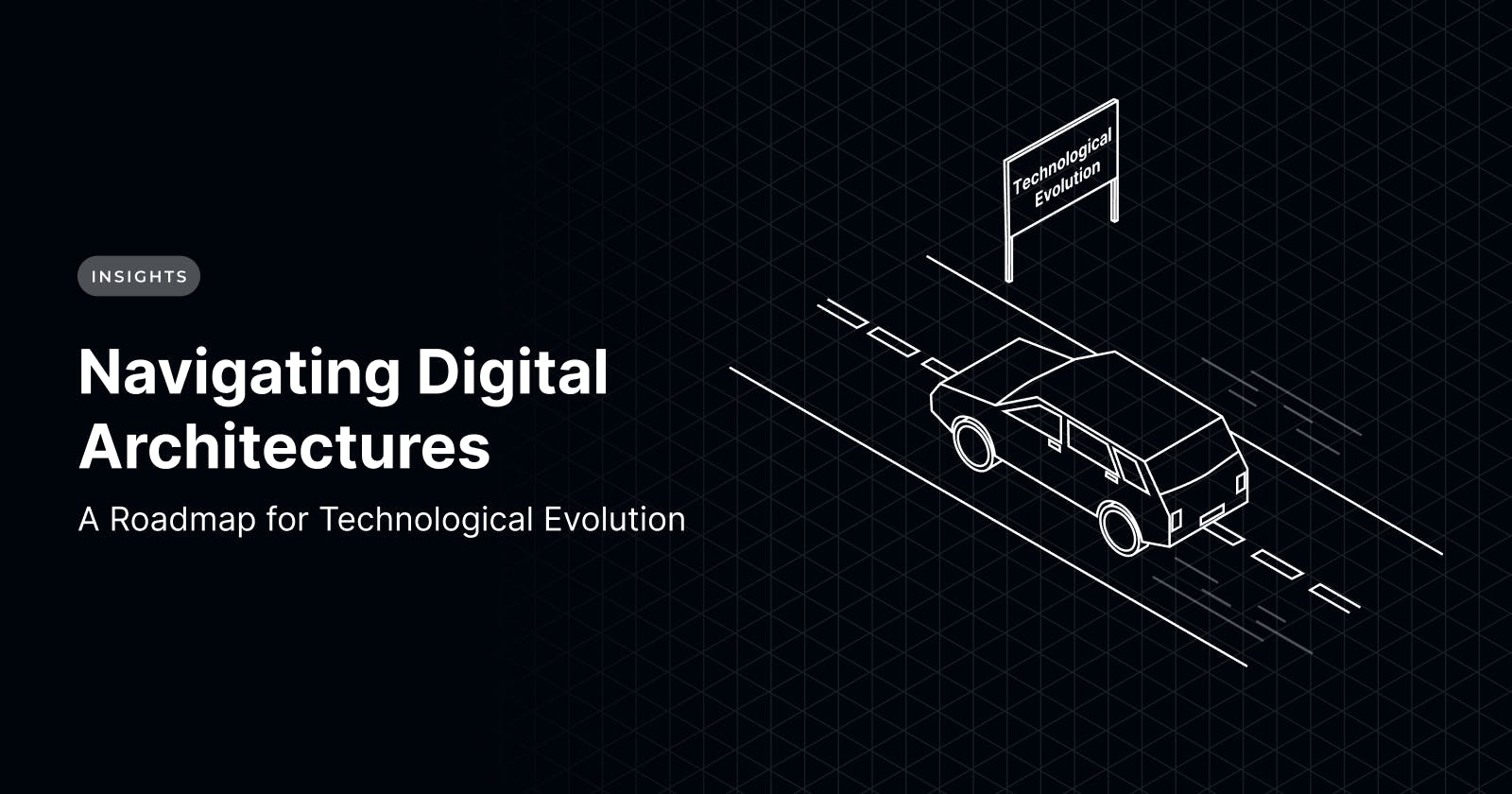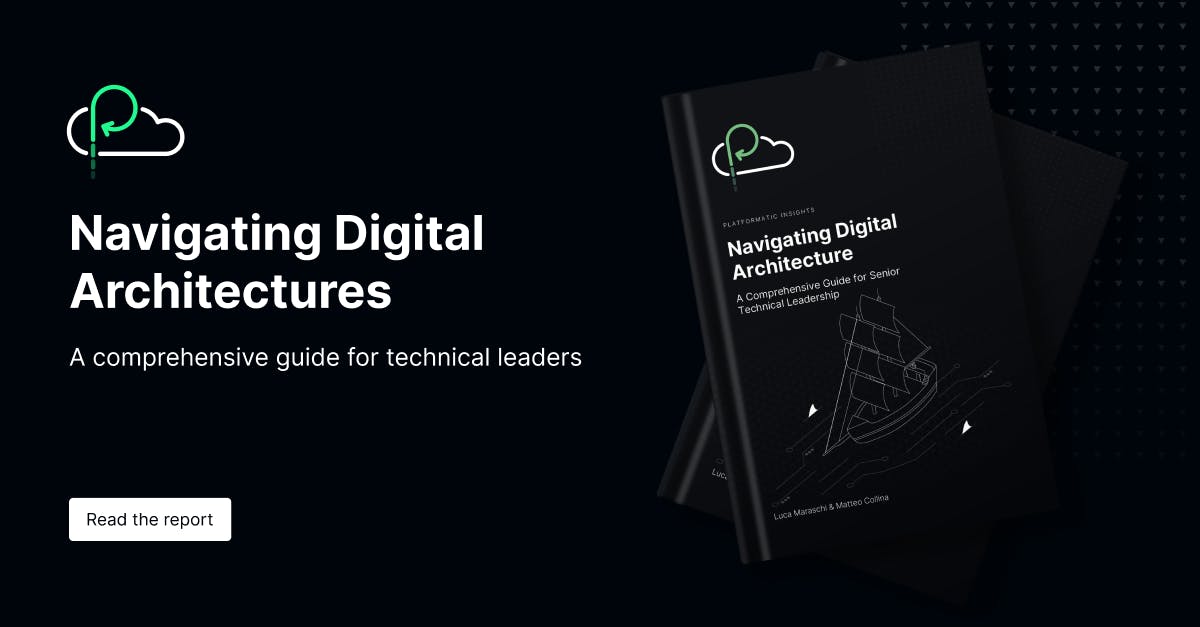The architecture of our applications plays a pivotal role in determining their success and adaptability. As technology continues to evolve, so too must our approach to building and maintaining digital architectures. In our recently published report, "Navigating Digital Architectures," we explored the intricacies of various architectural options, exploring their strengths, weaknesses, and real-world applications.
This blog provides a summary of key outtakes from the report.
Exploring Architectural Options
Traditionally, organizations have relied on monolithic architectures, where an entire application is built as a single, tightly integrated unit. While monoliths offer simplicity and initial performance gains, they can hinder adaptability and scalability as applications grow in complexity.
Enter the microservices architecture, a significant shift towards modular, loosely coupled services that operate independently. Microservices offer enhanced scalability and fault isolation but come with their own set of challenges, including increased complexity and communication overhead.
A Deep Dive into Composable Monoliths
Composable monoliths have emerged as a promising alternative to traditional monolithic and microservices approaches. Composable monoliths combine the simplicity of monolithic architectures with the modularity and scalability of microservices, offering a compelling solution for organizations seeking a middle ground. By breaking down applications into reusable components, composable monoliths enable teams to develop, deploy, and scale individual features independently while maintaining a cohesive codebase.
This approach reduces operational overhead, streamlines communication between components, and facilitates easier debugging and maintenance. Moreover, composable monoliths support the principle of polyglot programming, allowing teams to use different technologies and frameworks for different components as needed.
Overall, composable monoliths represent a pragmatic approach to digital architecture, striking a balance between simplicity and scalability while empowering organizations to adapt and innovate in an ever-changing technological landscape.
Comparative Analysis
Future-Proofing Digital Architectures
In our quest to future-proof digital architectures, it's essential to embrace a holistic approach that incorporates emerging technologies while maintaining flexibility and adaptability.
Agile adaptation strategies play a crucial role in this process, enabling organizations to swiftly respond to technological changes and foster a culture of experimentation and learning. Whether it's through the adoption of composable monoliths or other innovative architectural structures, the key lies in building resilient frameworks that can evolve alongside user needs, technological advancements and market dynamics.
By leveraging AI for logistical optimization and decision-making, organizations can streamline operations and drive sustainable growth. Ultimately, future-proofing digital architectures requires a strategic combination of foresight, adaptability, and technological innovation, empowering organizations to thrive in a fast-paced digital ecosystem.
Ensuring Architecture Scalability
In today's enterprise environment, key issues such as siloed information, lack of collaboration, and inefficient resource utilization hinder scalability, which is required for keeping up with user demands.
In order for an enterprise application to be successful, the team behind it needs to streamline their operations, enhance collaboration, and foster a culture of innovation.
At Platformatic, we understand that enterprises often operate within rigid architectures and complex ecosystems, with multiple systems and teams working in silos. This fragmentation leads to inefficiencies and slows down decision-making processes. We offer a Node.js companion that is a one-stop-shop for the building, operation, monitoring, running and management of enterprise Node applications, all easily integrated within your original tech stack and architecture.
Wrapping up
Technical decision-making process is essentially a practical balancing act. By evaluating individual organizational needs and considering factors such as project size, team structure, scalability needs, and adaptability goals, senior technical leaders can navigate the complexities of digital architectures with confidence. "Navigating Digital Architectures" provides a structured guide for this journey, offering insights, strategies, and practical recommendations to shape the future of technology.


